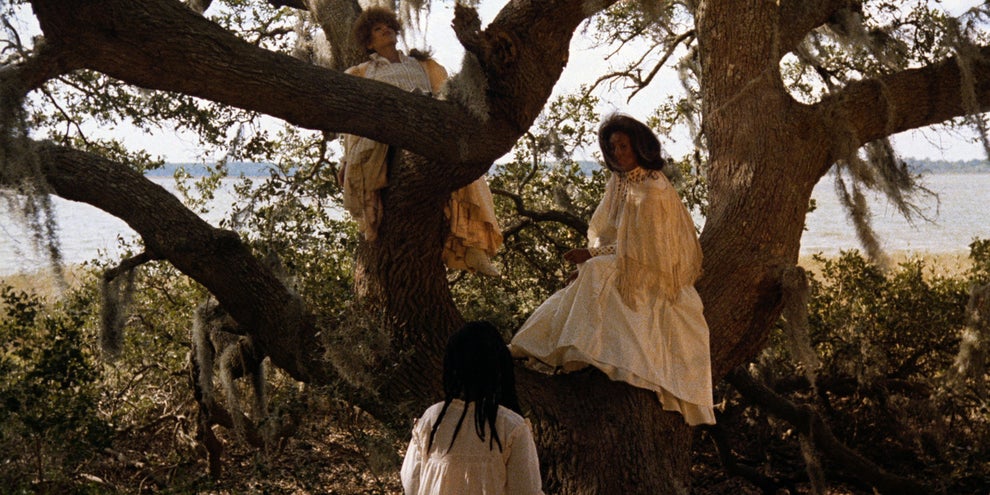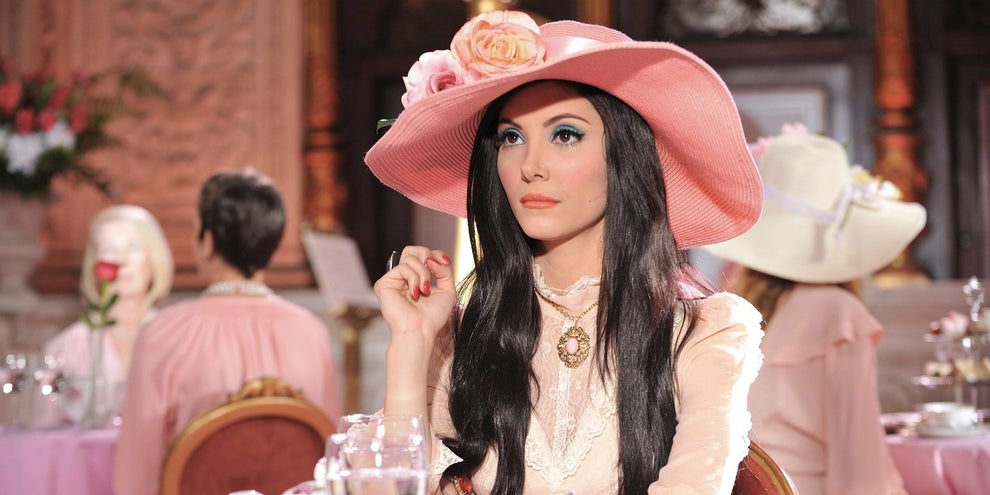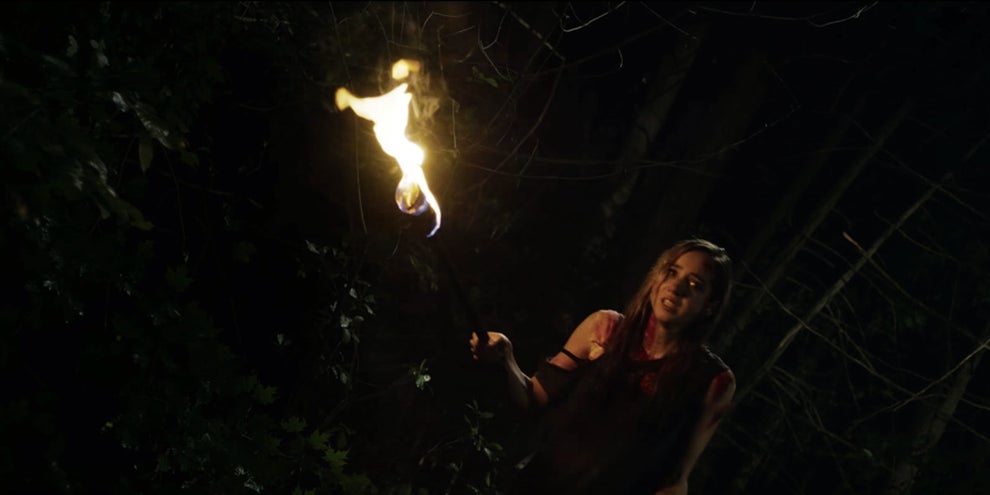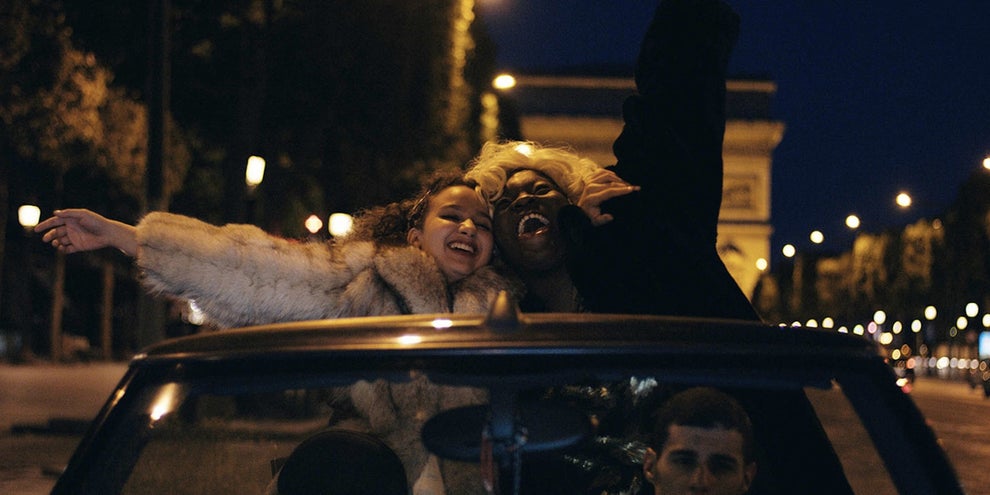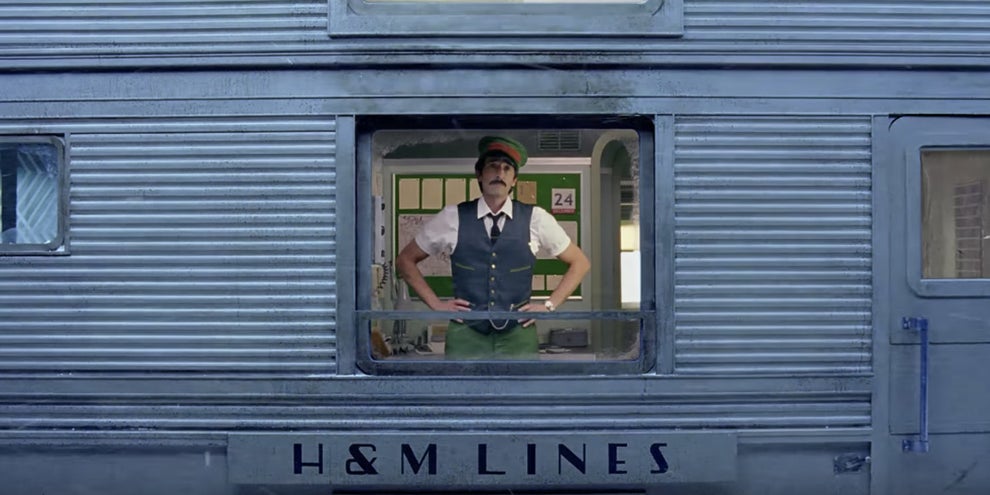
1. The scene (and movie) that influenced Lemonade
Let’s take a moment to thank Beyoncé. It’s always a good idea in general, but for this instance especially. Daughters of the Dust, a restoration of Julie Dash’s long out-of-print 1991 film, was already in the works when Lemonade dropped, but the decision to speed it back into theaters surely had something to do with the way it was such an unmissable influence on Beyoncé’s visual album.
In particular, there’s that whole black-and-white sequence in Lemonade in which women like Zendaya and Amandla Stenberg gather in long white dresses under and perched in the boughs of a tree, a direct quotation of a scene from Dash’s film. But the ties go deeper than visuals. With Lemonade, Beyoncé clearly aimed to do what Dash already had — to make a lyrical, fiery work speaking to the complexity of black womanhood, to generational ties and a connection to the land, and to anguish of the past and hope for the future.
Daughters of the Dust is a dreamlike movie about the Peazants, a Gullah family who prepare to leave their home on St. Helena Island, off the South Carolina coast in 1902, migrating north for what they hope will be better opportunities. There’s more richness to it — to its treatment of faith, to its look at the Great Migration, to the welcomes its returning granddaughters receive, among them the “fallen” Yellow Mary (Barbara-O) — than one viewing can reveal. And then there’s the extravagant beauty of its cast, walking on the beach, visiting graves, and gathering for one last supper. It’s a beauty that the film’s original theatrical release — Dash was the first black female filmmaker to get a proper one — didn’t fully reflect. As archivist Tim Lanza told the New York Times, the restoration included working with cinematographer Arthur Jafa to correct the color grading. “The big issue for Julie and A.J. was capturing the variety of African-American skin tones. That was not something presented in the first version available,” he said. Now everyone has a chance to catch this historic film as its creator intended.
How to see it: Daughters of the Dust is playing in select theaters around the country.
2. The all-ladies tea room in The Love Witch
You probably shouldn’t walk away from the intensely stylized The Love Witch wanting to live in its confines — most of the characters who do end up deluded, bereft, or dead. But Anna Biller’s ode to ’60s Technicolor offers such a delightful array of fantastical, period-inspired stylings and decor that it’s hard not to at least want to visit, especially when you lay eyes on the the tea house where Elaine (Samantha Robinson), the witch of the title, meets to chat with a friend in her Victorian-by-way-of-the-’70s Gunne Sax finest while a harpist plays in the background.
Elaine just wants to be loved, and she’s not afraid to use magic to get her way when it comes to seduction — though when her victims end up mewlingly obsessed with her, she rolls her eyes and disposes of them, off in search of a real man. The movie’s sensibilities are far less retrograde than its heroine’s, though there’s also a tragic edge to Elaine’s desires and glimpses of her past that hint that for all her pathological tendencies, she too understands that the path she’s pursuing isn’t leading her anywhere happy.
Come to The Love Witch for the fantastic eye makeup, stay for the subversive commentary on internalized patriarchy.
How to see it: The Love Witch is now playing in select theaters.
3. That dead boy at the bottom of the ocean in Evolution
No one would want to live in the isolated seaside settlement in which Evolution takes place — it’s the spookiest, most sparsely lovely place to ever be populated entirely by single women and the young boys they take care of. Evolution unfolds from the perspective of Nicolas (Max Brebant), who’s only starting to understand the arrangement in which he’s living is a little…off. After all, the films begins with his gorgeously shot swim in the ocean getting cut short by a disturbing find: a dead boy down in the rocks with red starfish on his stomach.
Nicolas is assured by his mother (Julie-Marie Parmentier) that it was all just his imagination, but he starts to wonder about her, about the medical facility down the shore, and about the procedures he’s been made to undergo. French filmmaker Lucile Hadzihalilovic has no interest in offering explicit explanations for what we see, opting instead to let her stunning, nightmare fuel imagery carry her poetic saga through to its enigmatic end. It’s body horror, sure, but it could also be looked at as a very troubling coming-of-age story.
How to see it: Evolution is now playing in select theaters.
4. Zoe Kazan carrying a torch out into the dark in The Monster
Zoe Kazan plays a bad mom in The Monster, bad enough that the title refers to her as much as it does the toothy beastie that threatens her and her daughter Lizzy (Ella Ballentine) when they’re stranded on an abandoned road at night. In the flashbacks that the movie slips in and out of between the ominous build and inevitable attacks, we see that Kathy (Kazan) has been at best a neglectful alcoholic and at worst at abusive one. When the film begins, Kathy’s readying to drive Lizzy for a stay at her father’s house that they both understand will probably end up being permanent.
The Monster is written and directed by Bryan Bertino, the guy behind the masterfully creepy 2008 home invasion thriller The Strangers. The Monster isn’t as deftly done as that earlier work — its creature is better when it’s unseen. Still, it reaches ambitiously toward being a portrait of a parent who loves her kid but is coming to terms with the fact that she’s the one her kid needs to be saved from. The torch, and the moment Kathy steps out into the dark with it, is a gesture that’s both foolhardy and filled with heartsick good intentions of, for once, doing something right.
How to see it: The Monster is available for rent or purchase on demand.
5. Dounia and Maimouna riding through Paris with the top down in Divines
Dounia (Oulaya Amamra) and her bestie Maimouna (Déborah Lukumuena) are poor, and they’re not white, and they don’t have a lot of options. From the outskirts of Paris, where they attend vocational school and live in housing projects or shantytowns, the only legitimate future they see for themselves is one of scraping by in service jobs and continuing the difficult lives they already know. And so they choose something else, impressing swaggering local drug dealer Rebecca (Jisca Kalvanda) with their initiative. “You’ve got clitoris,” she tells them, allowing them into her circle. “I like that.”
The film that follows has Dounia learning the ropes of being a local criminal and a romantic and sexual force, courtesy of her spiky flirtation with security guard and aspiring dancer Djigui (Kévin Mischel). French-Moroccan filmmaker Houda Benyamina’s feature debut is messy, but electric with energy and anger. And while Divines makes it clear that the path Dounia has ended up on is by no means easy or safe, it finds room for the pleasures of its characters’ newly discovered power — in one effervescent scene, the two young women drive past the Arc de Triomphe while hanging out of a convertible hollering, and it feels like all of Paris is at their feel.
How to see it: Divines is streaming on Netflix.
6. Wes Anderson turning a train into an advent calendar
It’s a stretch to call “Come Together” a short film — the 3-minute, 51-second video was paid for by H&M, so it’s more of an ad or sponsored content. But it’s also directed by Wes Anderson, and it’s so cozily, charmingly Wes Anderson–like, taking place on a train that, due to delays, will arrive 11 hours late, ruining its passengers’ Christmas plans. There are shades of The Darjeeling Limited to this setup, which includes the presence of Adrien Brody as the train’s conductor, but Anderson gives his trademark panning-around-a-detailed-set shot a holiday-appropriate twist. When the camera moves across, up, and then over windows around the train, observing the passengers as the take in the bad news, it evokes an advent calendar full of disappointed faces. Not to worry though — there’s a happy ending.
How to see it: Come Together is on YouTube.


